Table of Contents
Air travel is one of the most popular means of international travel, and the airport is an essential element in this air travel. There are more than 40 thousand (41820) active airports worldwide. Before the pandemic in 2019, around 4.5 billion passengers traveled on more than 42 million flights using these airports worldwide. That means an average of 115,000 flights were being operated worldwide per day.
Among these flights, USA’s Atlanta International Airport was the world’s busiest airport handling more than 110.5 million passengers that year. And by serving these passengers, the airport has generated more than 568 million dollars in revenue. Generally, passengers do not have to pay any extra charges for using airports, but airports provide various facilities to serve these passengers. But how are airports generating revenue without charging passengers directly?

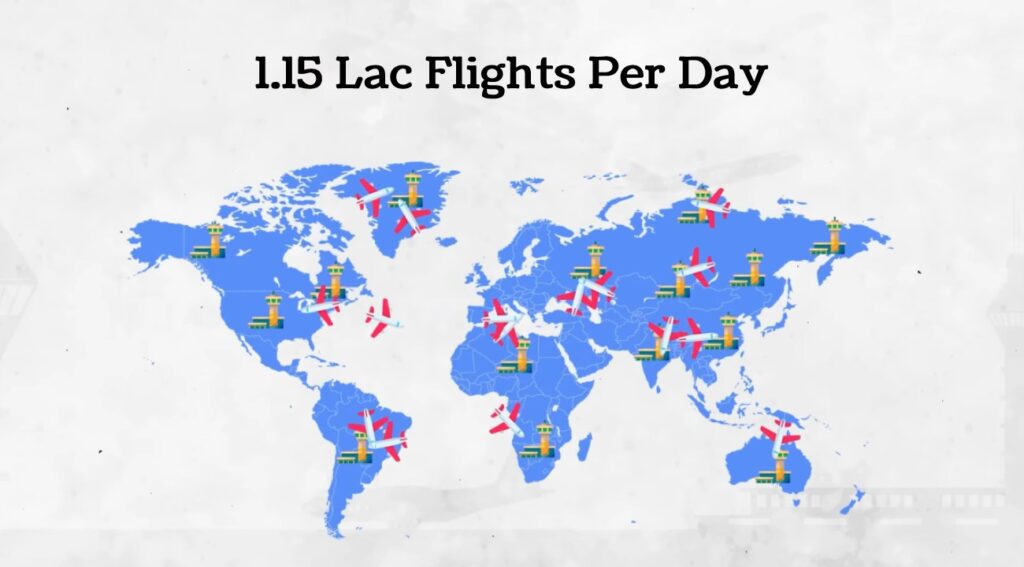
Overview
Air travel is one of the most popular and important means of rapid international travel. Apart from this, the airport is also considered a valuable infrastructure for the country’s security as it is the entry point of passengers from different countries through the airports. Due to this, most of the airports in the world are managed by the government of that particular country.
However, apart from government control, private airports are also being operated in many countries worldwide for private flights. The main objective of private airports is profit maximization through revenue generation. Private airports usually serve small private planes. However, it is only in the United Kingdom that public airports have been converted into profit-generating private companies through privatization.
For example, London’s Heathrow Airport, popular as the U.K.’s aviation hub, is primarily controlled by “Heathrow Airport Holdings Limited,” a subsidiary of FGP Topco Limited. However, currently, the airport of any country is managed as a revenue-driven business or organization to sustain the expenditure of the airports while providing passenger services, even if it is managed by the government or private ownership. For example, London’s Heathrow Airport had an expenditure of £830 million in 2021. On the other hand, Bangladesh’s Hazrat Shahjalal International Airport spent around Tk 326 crore in 2020. However, profit maximization is not the main objective of government-controlled airports.
Heathrow Airport generated about £1.3 billion, or about $1.5 billion, in revenue in the first six months of June 2022. On the other hand, in 2021, America’s John F. Kennedy Airport generated about $1.09 billion in revenue. Meanwhile, according to the information of the Civil Aviation Authority of Bangladesh (CAAB), at the end of June 2020, the revenue of Dhaka’s Hazrat Shahjalal International Airport was more than BDT 1200 (12,052,028,435.90) crore. According to the International Airport Review published in March 2019, the revenue of global airports that year was 172.2 billion dollars. Since airports do not charge passengers for using the airport, how are the world’s airports generating so much revenue?


Airports generate revenue by serving two types of flights: commercial and cargo. However, most countries have dedicated airports for cargo handling. For example, Hong Kong Airport is the world’s major cargo hub handling about 4.6 million tons of cargo annually. But most of the world’s airports focus on commercial flights. Because these airports generate revenue in several ways besides airlines. Although these revenues are not directly related to the passengers served by the airports, according to the US Global Investor report, airports earn an average of about $14 (13.55) per passenger.
How Makes Money?
An airport generally generates revenue from two sources, aeronautical and non-aeronautical. According to International Airport Review, around the world, airports earn 55.8% of total earnings from the aeronautical sector and 39.9% from the non-aeronautical sector.

Aeronautical
The lion’s share of an airport’s revenue is generated from the Aeronautical segment. This segment refers to the services that an airplane receives before taking off from the airport.
- Landing, Parking & Take-off
Depending on the weight, the landing charge varies for each aircraft. According to a Los Angeles World Airports report, the airport charges $5.83 for every thousand lbs for a passenger aircraft and $4.24 for every thousand lbs for a cargo aircraft. This charge contains charges like Gate space, Check-in area, and Runway time. In addition, the parking fee also depends on the aircraft’s weight and the amount of time it will stay at the airport.
For example, the Los Angeles International Airport does not charge an aircraft that weighs less than 5 lakh lbs for 3 hours or less parking. But the plane must pay $60 for 3 to 6 hours of parking, $97 for 6 to 12 hours, and $136 for 12 to 24 hours of parking. On the other hand, the airport charges airlines for Take-offs depending on the total passenger and baggage of the aircraft.
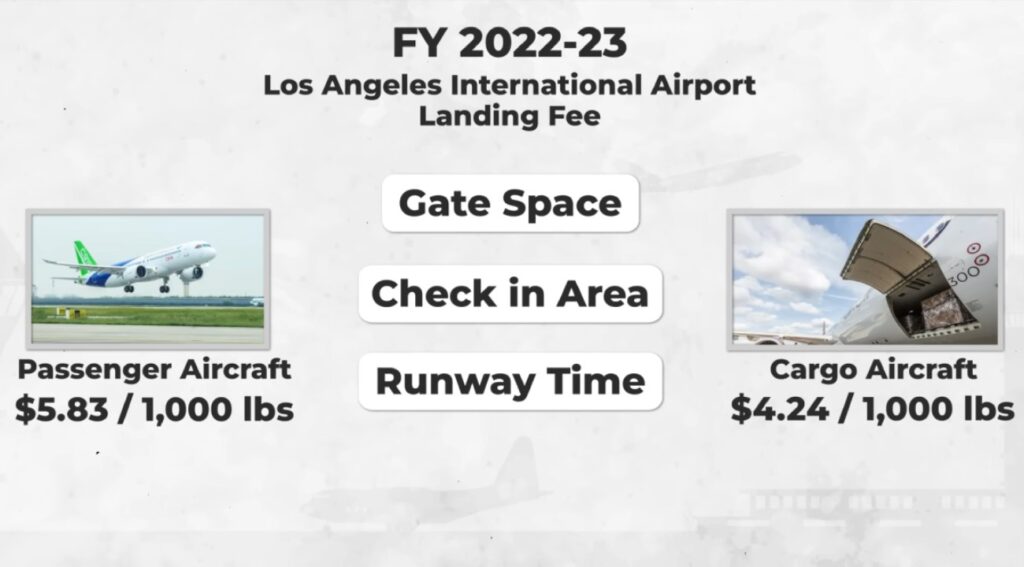
- Passenger Facility Charges
Airports also charge for passenger catering services on-boarded aircraft, baggage handling, use of walkways, security, and check-in. However, the airports do not collect these charges directly from the passengers. Instead, airlines collect these charges along with ticket prices from passengers and pay them to airports. Airports have fixed standard charges for these services, but many airlines negotiate with airports to reduce these charges. Especially airlines that use a particular airport as a hub negotiate charges with that airport.
- Maintenance, Servicing & Refueling
Moreover, the airports charge airlines for aircraft maintenance, servicing, and refueling. Aircraft maintenance includes waste disposal, septic tank cleaning, and the aircraft’s exterior cleaning.
Non-Aeronautical
- Car Parking, Transportation & Rental
Car parking accounts for a significant portion of an airport’s non-aeronautical revenue. Frequent air travelers generally prefer their own vehicle to go to and come from the airport. All commercial airports in the world provide car parking facilities to passengers. For example, London’s Heathrow Airport has a facility for parking more than 50,000 cars. Airports usually set parking charges based on short-term, long-term, valet parking, and distance to the parking area.
Generally, short-term and valet parking are located near the terminal, and long-term parking facilities are generally placed away from the terminal. For example, car parking at New York’s John F. Kennedy Airport can cost a passenger from a minimum of $4 for half an hour to a maximum of $75 for a day. Apart from this, airports also charge passengers for using airport shuttles to go to the terminal. In addition, many airports have metro or underground rail services that take passengers to a city’s central public transportation hub.
For example, Heathrow Express Rail, operated from Heathrow Airport, generated over £26 million or $30 billion in revenue in 2021. Another source of income for airports is rental earnings. Rental services are available from almost all major international airports around the world. Such services are usually provided by a rental service company associated with the airport. Airports also earn revenue if a passenger takes car rental services from a company designated by the airport.
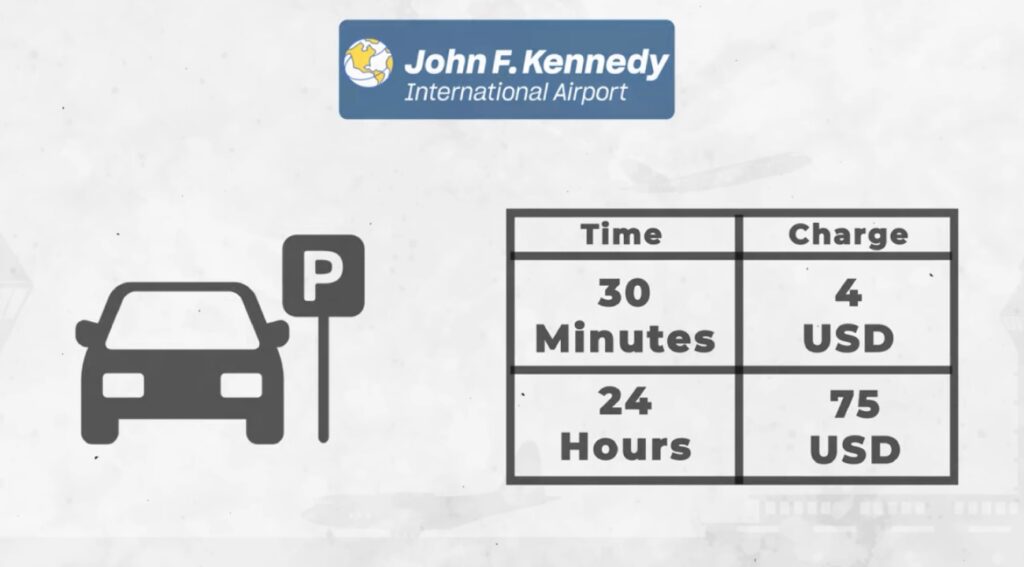
- Retail & Amenities
In the case of air travel, most passengers tend to reach the airport long before the flight. Therefore, it is also recommended to reach the airport minimum of 1.30 to 2 hours before domestic flights and 3 hours before international flights.
Furthermore, with the use of new technology, checking in time and security clearance have become much easier now and can be done quickly. For this, an airport offers various facilities so that the passengers don’t feel bored, which is a great revenue source for the airport, and it is called retail earnings.
Most of the busiest airports are like shopping malls because these airports have various types of vendor stores of Channel, Louis Vuitton, Hermes, fine dining restaurants, sushi bars, duty-free alcohol and tobacco shops, snacks, souvenirs, and electronics stores. Frankfurt airport in Germany has the largest Mcdonald’s in the world. The airport earns a handsome revenue from these vendors by renting the space, which is one part of its retail earnings.
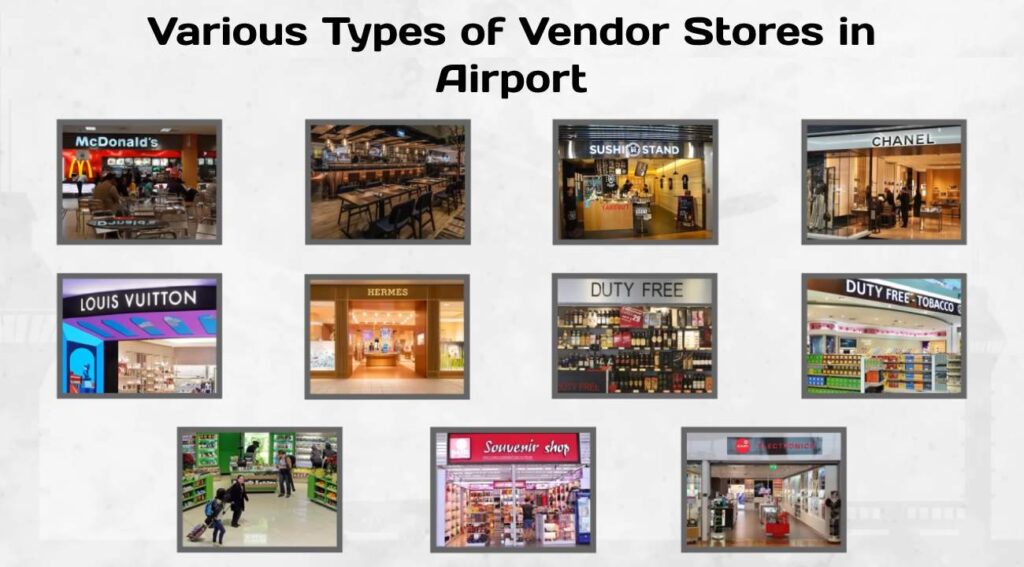
Also, all the world’s biggest airports have money exchange for currency conversion, information from various airlines, and check-in desks, which is another part of its retail earnings. Airports usually provide such facilities to enrich the travel experience of passengers, so that passengers use the airport repeatedly. In addition, the airports also have several lounge facilities for passengers so they can relax before the flight. The airports themselves or through a third-party vendor operate these lounges, and this is a good source of money for airports.
Moreover, There are airports with cinema halls, swimming pools, and gymnasiums which also generate revenue for the airport. For example, at the Hamad Airport in Qatar, passengers can enjoy the gymnasium, shower room facility, and swimming pool for $48 or 175 QAR. The duration of connecting flights at Hamad Airport varies from 45 minutes to 1 hour and 25 minutes, so during this time, the airport is generating revenue by providing these services.
Also, many airports in the world, including Changi Airport in Singapore, have spas and massage center facilities. In addition, some airports, such as Frankfurt Airport in Germany and Philadelphia Airport in the USA, rent airport space for offices. Moreover, airports have many billboards, posters, and digital ad boards that sell ad placement and generate revenue.

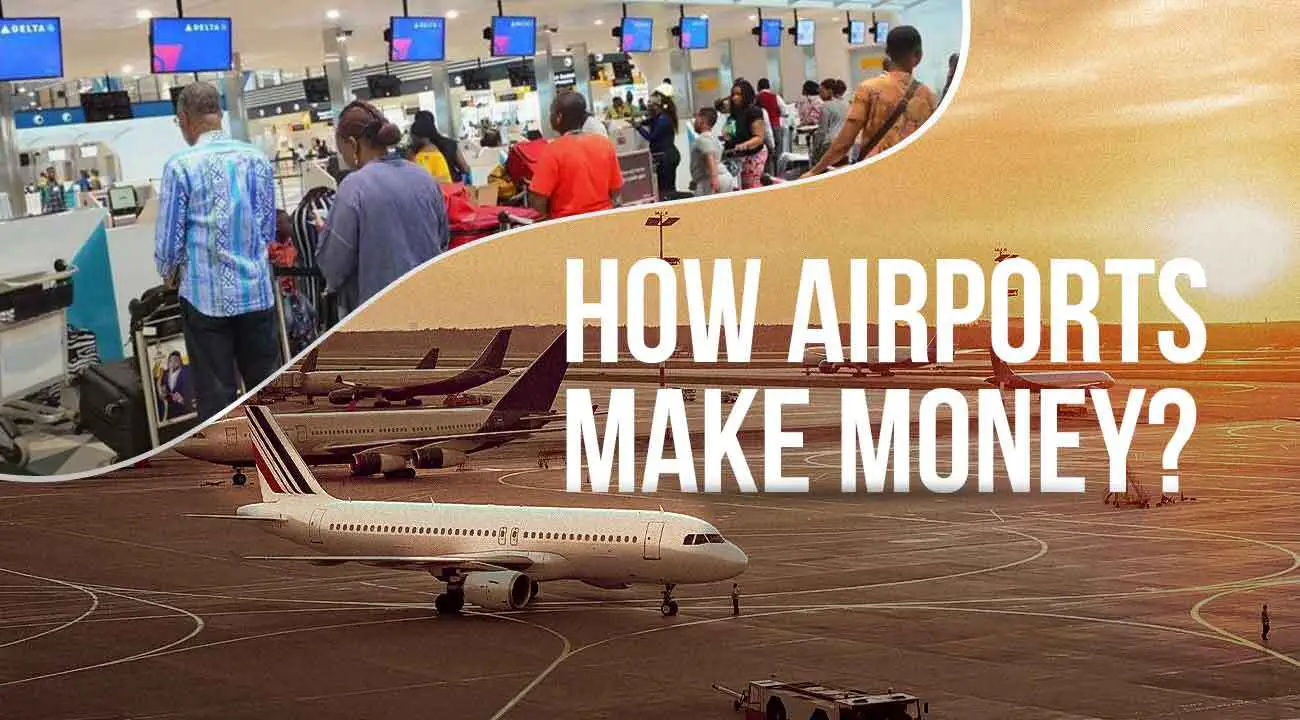








Leave a Comment